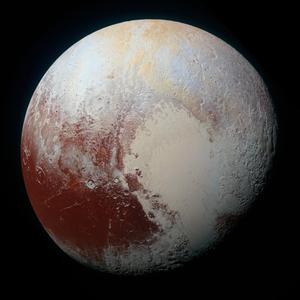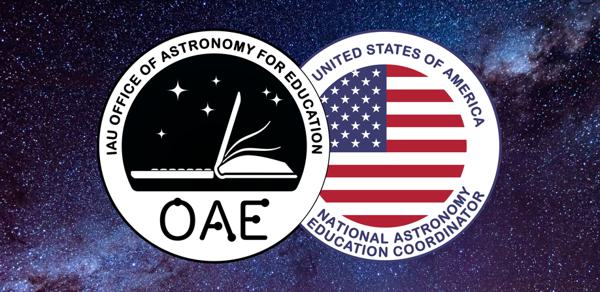Glossary term: 柯伊伯帶
Description: 柯伊伯帶是外太陽系的一個冰凍小天體帶,大部分位於海王星軌道之外,其中的大多數天體與太陽的距離為 40-48 個天文單位。
柯伊伯帶中的天體大多很小,但也有包括冥王星在內的幾顆矮行星。與小行星帶中的小天體和矮行星不同,柯伊伯帶中的天體大多由冰凍的水、甲烷和氨組成。
Related Terms:
See this term in other languages
Term and definition status: The original definition of this term in English have been approved by a research astronomer and a teacher The translation of this term and its definition is still awaiting approval
This is an automated transliteration of the simplified Chinese translation of this term
The OAE Multilingual Glossary is a project of the IAU Office of Astronomy for Education (OAE) in collaboration with the IAU Office of Astronomy Outreach (OAO). The terms and definitions were chosen, written and reviewed by a collective effort from the OAE, the OAE Centers and Nodes, the OAE National Astronomy Education Coordinators (NAECs) and other volunteers. You can find a full list of credits here. All glossary terms and their definitions are released under a Creative Commons CC BY-4.0 license and should be credited to "IAU OAE".
If you notice a factual or translation error in this glossary term or definition then please get in touch.
Related Media
冥王星
Credit: 美國宇航局/約翰霍普金斯大學應用物理實驗室/西南研究所 credit link
License: PD Public Domain icons









